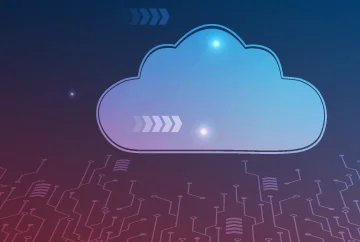New Delhi: In the current context, with a pandemic looming, digital technologies are pioneering every industry and every aspect of our life. The COVID-19 pandemic impact is broadening the concern to the business continuity risk and productivity resilience challenge. Digital has helped many industries to generate greater efficiencies across their operational business units, significantly improve customer experience, and accelerate innovation to allow them to stay ahead of the competition in rapidly changing markets. Through modernization, the utilities’ industry is more likely to stay in business as this would allow them to provide a hyper-personalised, connected service that adapts to the changing consumer business and citizen.
The digital way is the new normal that has pushed the Utility industry to the edge. Either one must transform towards digital innovation or optimize traditional ways of working by leveraging digital technologies. Digital transformation in the utility sector can be seen in how they invest in new lines of business, those where new opportunities are the outcome of digital innovation.
Modern utility faces an array of challenges due to growing demand, stricter regulations, environmental mandates, and consumer expectations. These challenges require strategic technology investment and innovation. Considering advancement in technologies, changing customer expectations, and a shifting economic landscape, mentioned below are some of the business need that industry will witness going ahead-
- Real-time customer communication - Customer service is lagging relative to other industries and needs to be improved
- Demand Management - Rapidly changing customer need force an operating model change
- Competitive Advantage - New technologies and data proliferation can help utilities companies navigate new rules and regulations.
- Resilient decision making - Converge IT and operations technology to support digital needs in operations.
Trends to address the connectivity of operational backend with customer centricity and extend the reach in new ways
Digitize Field Work
To address the challenge for field workers to continue the operations efficiently, technologies like field mobility systems, wearables, video collaboration tools and guided maintenance tools. Also, artificial intelligence (AI), machine learning (ML) and autonomous bots, can help in reducing the workload.
The utility field work technology will need to be supported by re-design and integration of people, process and technology, in order to meet enterprise cost, performance and continuous improvement requirements.
Improve Operational Resiliency
Redesign of the processes to sustain utility operations by including technology capabilities for mapping operations processes to specific business goals. Utility industry will towards digitizing customer facing front office work and reduce the cash flow disruptions. As per Gartner the confluence of the 4D megatrends (digitalization, decentralization, decarbonization and democratization) impacting the industry, with greater emphasis on digitalization in the sector.





